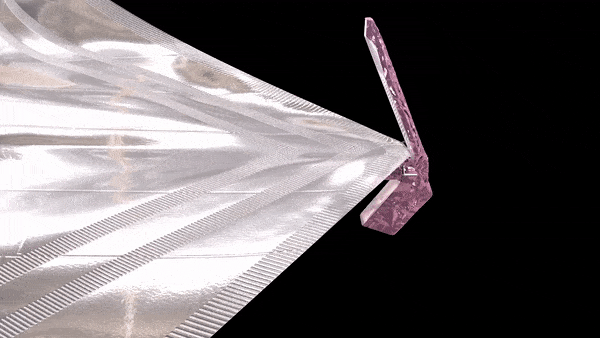Pairings like that between automorphic forms and Galois groups are called dualities. They suggest that different classes of objects mirror each other, which allows mathematicians to study either one in terms of the other.
Generations of mathematicians have worked to prove the existence of Langlands’ hypothesized duality. Though they have only managed to establish it for limited cases, even those limited cases have often yielded spectacular results. For example, in 1994, when Andrew Wiles showed that Langlands’ proposed duality holds for a particular class of examples, the result was his proof of Fermat’s Last Theorem, among the most celebrated results in the history of mathematics.
As mathematicians have pursued the Langlands program, they have also expanded it in many directions.
One such line has been to study dualities between arithmetic objects that are related to, but distinct from, the ones Langlands was interested in. In their 2012 book, Sakellaridis and Venkatesh studied a duality between periods, which are closely related to automorphic forms, and L-functions, which are infinite sums that attach to Galois groups. From a mathematical point of view, periods and L-functions are entirely different species of objects with no obvious common traits.
Periods emerged as objects of mathematical interest in the work of Erich Hecke in the 1930s.
L-functions are infinite sums that have been used since the work of Leonhard Euler in the mid-18th century to investigate basic questions about numbers. The most famous L-function, the Riemann zeta function, is at the heart of the Riemann hypothesis, which can be viewed as a prediction about how prime numbers are distributed. The Riemann hypothesis is arguably the most important unsolved problem in math.
Langlands was aware of possible connections between L-functions and periods, but he viewed them as a secondary matter in his scheme of joining different areas of math.
“In one paper, [Langlands] considered this study of periods and L-functions as something not worth studying,” Sakellaridis said.
Welcome to the Machine
Though Robert Langlands did not emphasize the connection between periods and L-functions, Sakellaridis and Venkatesh viewed them as central to broadening and deepening the connections between seemingly distant areas of mathematics that Langlands had proposed.
In their 2012 book, they developed a machine of sorts, which took a period as an input, performed a long computation, and output an L-function. Not all periods produce corresponding L-functions, though, and the main theoretical advance of their book was to understand which ones do. (This built on earlier work by Atsushi Ichino and Tamotsu Ikeda at Kyoto University.)
But their approach had two limitations. First, it did not explain why a given period yields a given L-function. The machine that turned one into the other was a black box. It was as if they’d constructed a vending machine that often reliably yielded something to eat each time you put in money, only there was no telling what it would be in advance, or if the machine would eat the money without dispensing a snack.
For any given case, you’d put in your money — your period — then “go and do a long computation and see which among a zoo of L-functions you got,” Venkatesh said.
The second thing they didn’t manage to accomplish in their book was to come to an understanding of which L-functions have associated periods. Some do. Others don’t. They couldn’t figure out why.
They kept working after the book came out, trying to figure out why the connection worked and how to run the machine in both directions — not only getting an L-function from a period, but also the other way around.
In other words, they wanted to know that if they put $1.50 into the vending machine, it meant they were going to get a bag of Cheetos. Moreover, they wanted to be able to tell that if they were holding a bag of Cheetos, it meant they’d put $1.50 into the vending machine.
Because they link objects that, on their face, have nothing in common, dualities are powerful. You could stare at a lineup of mathematical objects forever and not perceive how L-functions and periods match up.
“The way they are defined and given, this period and L-function, there’s no obvious relation,” said Wee Teck Gan of the National University of Singapore.
To translate between superficially incommensurate things, you need to find common ground. One way to do that for objects like L-functions and periods, which originate in number theory, is to associate them with geometric objects.
To take a toy example, imagine you have a triangle. Measure the length of each side, and you can produce a set of numbers that tells you how to write down an L-function. Look at another triangle, and rather than the lengths, look at the three interior angles — you can use those angles to define a period. So instead of comparing L-functions and periods directly, you can compare their associated triangles. The triangles can be said to “index” the L-functions and periods — if a period matches with a triangle with certain angles, then the lengths of that triangle match up with a corresponding L-function.
Note: This article have been indexed to our site. We do not claim legitimacy, ownership or copyright of any of the content above. To see the article at original source Click Here













